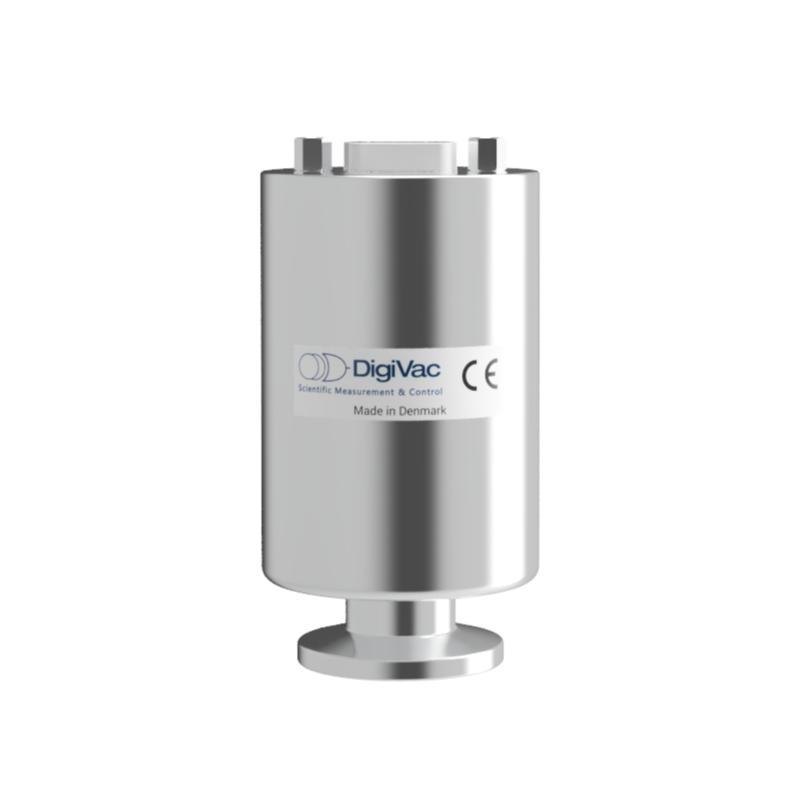CORROSION RESISTANT SENSORS | How Durable are They?
Back in May, an article was released about the new corrosion resistant pirani vacuum sensors. Previously, sensors were limited due to the exposed materials that were subject to corrosive gasses and aggressive etch processes, which we at DigiVac and our customers have observed as well.
Thus, with the introduction of the corrosion resistant pirani sensors, there exists an option for a more durable vacuum sensor. These come with a protective coating, acting as a barrier against any aggressive gasses. It either comes in a ceramic or Parylene coating.
CERAMIC VS. PARYLENE
Ceramic is advantageous in that it is highly corrosion resistant, it is a reliable and well proven material, and this coating was specifically designed for semiconductor etching.
Parylene, on the other hand, is a unique polymer which is also highly corrosion resistant and was originally designed for medical applications (such as lyophilization or sterilization).
TESTING THE SENSORS
However, at DigiVac, we weren’t satisfied with just the article explaining the new sensors’ durability. We decided to test for ourselves whether the sensors would maintain accuracy after cleanings and maintenance against common solvents (such as isopropyl alcohol and water).
Our Head Calibrator, Hilary, ran tests on the DPP sensor with an internal parylene coating and the DPCP with an internal ceramic coating. This was also run against the reference standards of the Granville Phillips Stabil-lon and our own 3CM StrataVac. For the testing, they were powered by their own dedicated Bullseye DASH units.
TEST RESULTS
Ceramic:

The solvents or substances being tested on these sensors were 70% isopropyl alcohol, 91% isopropyl alcohol, and water. The tests were conducted as such:
- A reading was taken prior to the sensor being doused in the solvent
- Upon getting doused, the sensor was shaken in said solvent for approximately 1 minute
- A reading was taken right after dousing and shaking the sensor
- The sensor was allowed to sit for 24 hours at atmosphere before another reading was taken
- Between tests, the sensor was dried under vacuum
There was an error during the readings. However the error can be explained as such: a full-scale software adjustment is usually performed at this vacuum level during initial testing for production instruments, which was not performed here.
That being said, the results can be observed in the table above. The ceramic-coated DPCP proved to be quite impervious to the various solvents used during the tests, with only that initial row being out of spec due to the error.
Parylene:

The parylene-coated DPP was tested under the same methods and parameters, with the same solvents (70% isopropyl alcohol, 91% isopropyl alcohol, and water). To reiterate, the method was:
- A reading was taken prior to the sensor being doused in the solvent
- Upon getting doused, the sensor was shaken in said solvent for approximately 1 minute
- A reading was taken right after dousing and shaking the sensor
- The sensor was allowed to sit for 24 hours at atmosphere before another reading was taken
- Between tests, the sensor was dried under vacuum
As can be seen in the chart above, the readings during the 70% isopropyl alcohol tests began moving out of spec at the 5.0E-1 test point. It also increased the error at the 1.0E+0 test point.
At 91%, the readings from 7.5E-6 to 5.0E-2 fell drastically out of spec, and the small error noted at 5.0E-1 and 1.0E+0 from the previous test with 70% isopropyl alcohol became even more pronounced.
The test with water saw no improvements, either.
The very last test that included re-zeroing of the sensor did improve the lowest readings (7.5E-6 and 5.0E-5) and brought them back into spec; however, it did not improve the observed error from 5.0E-4 to 1.0E+0.

CONCLUSION
There will be white pages about the full extent of the tests published on the website, but here is a general summary of our findings. Of the sensors, the most impervious was the ceramic-coated DPCP. It stood up to the isopropyl alcohol and water better than the others, and can therefore be used as a more robust alternative to the current DPCP.
We also recommend doing additional tests on both sensors, particularly the parylene-coated DPP, using harsher solvents (such as acetone or ethanol) to further understand how impervious the sensors truly are.
WANT TO KNOW MORE?
If you want further information, or just have any questions/inquiries about any of DigiVac’s products, feel free to browse our website or contact us!
Interested in the products? We have a ceramic coated DPP option in the drop down list here!


